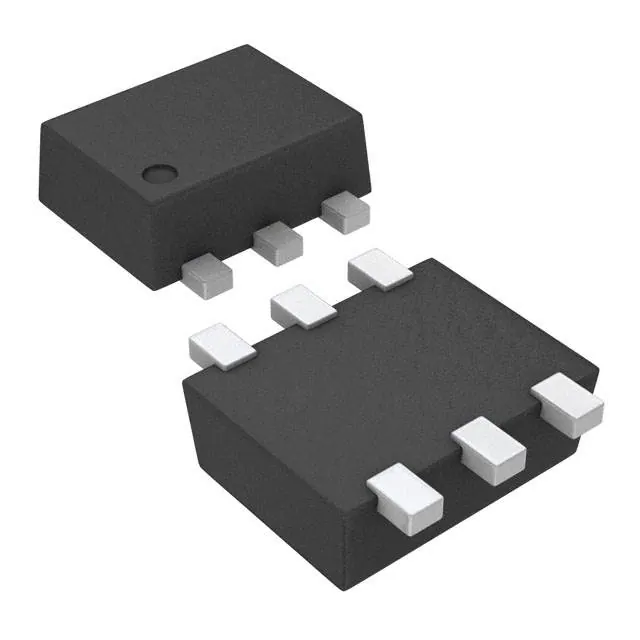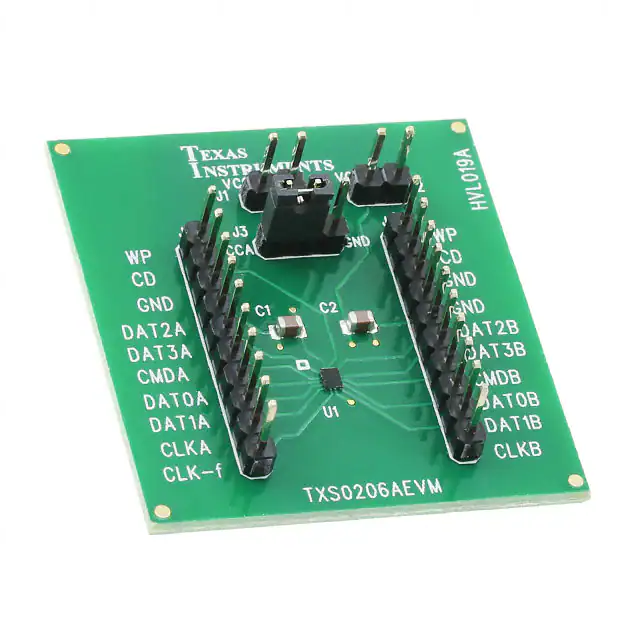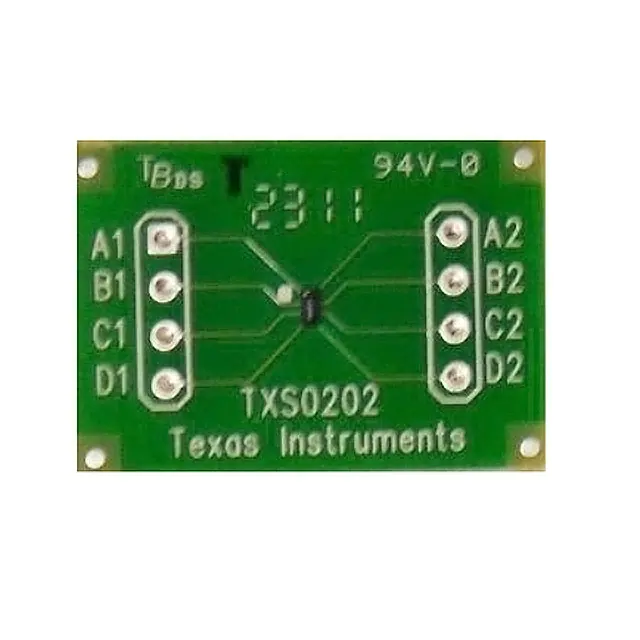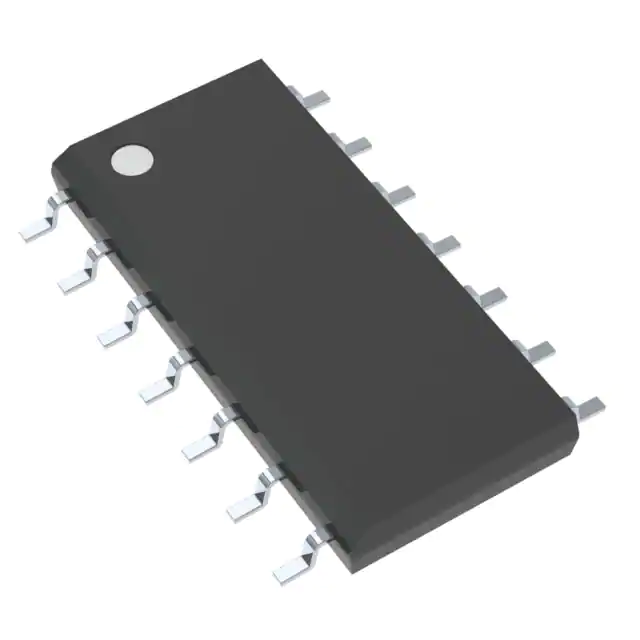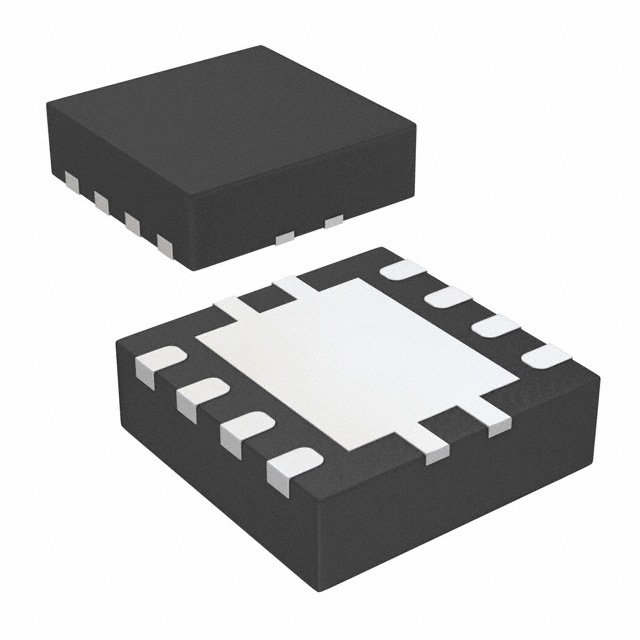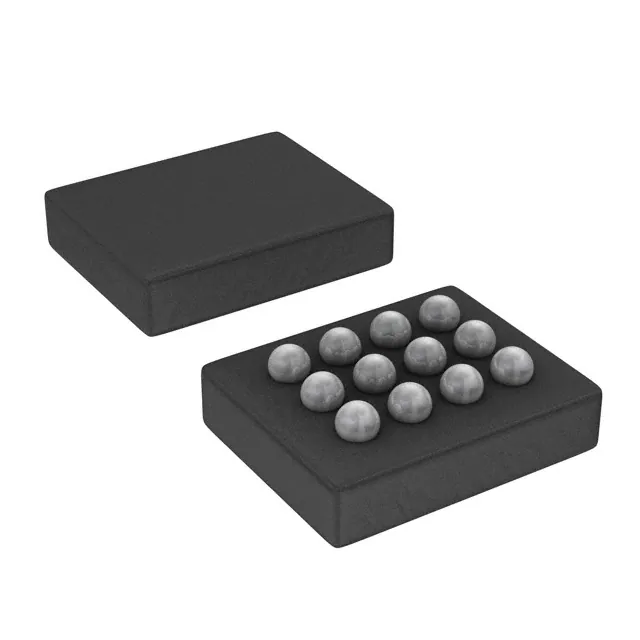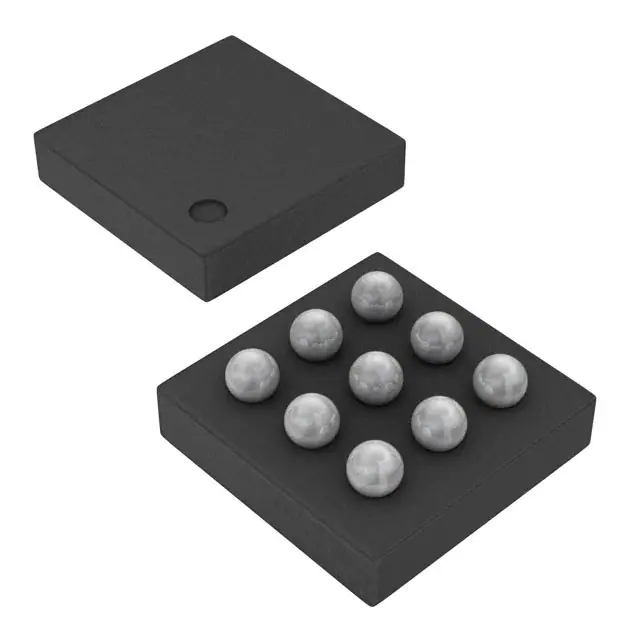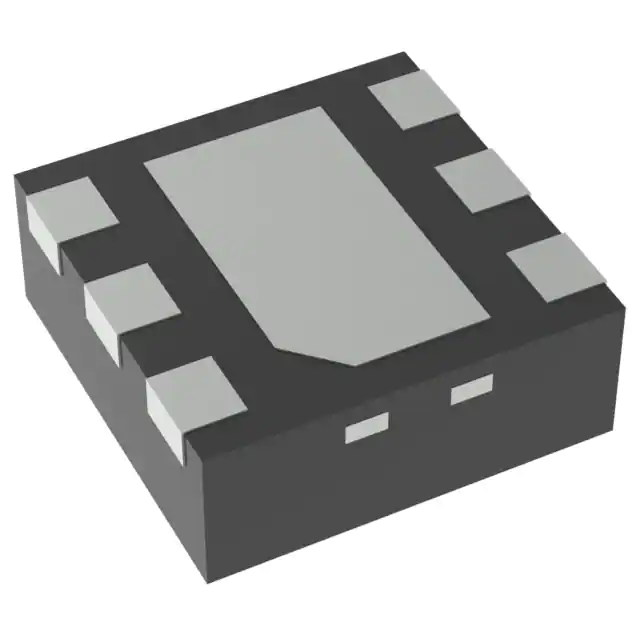All trademarks are the property of their respective owners.
DescriptionThis one-bit non-inverting translator uses two separate configurable power-supply rails.The A port is designed to track VCCA. VCCA acceptsany supply voltage from 1.65 V to 3.6 V. The B port is designed to trackVCCB. VCCA must be less than or equal toVCCB. VCCB accepts any supply voltage from 2.3 V to5.5 V. This allows for low voltage bidirectional translation between any of the 1.8 V, 2.5 V, 3.3V, and 5 V voltage nodes.
When the output-enable (OE) input is low, all outputs are placed in the high-impedancestate.
To ensure the high-impedance state during power up or power down, OE should be tied toGND through a pull-down resistor; the minimum value of the resistor is determined by thecurrent-sourcing capability of the driver.
Feature
- Latch-Up Performance Exceeds 100 mA Per JESD 78, Class II
- ESD Protection Exceeds JESD 22
- A Port
- 2500 V Human-Body Model (A114-B)
- 200 V Machine Model (A115-A)
- 1500 V Charged-Device Model (C101)
- B Port
- 8 kV Human-Body Model (A114-B)
- 200 V Machine Model (A115-A)
- 1500 V Charged-Device Model (C101)
- A Port
- No Direction-Control Signal Needed
- Maximum Data Rates
- 24 Mbps (Push Pull)
- 2 Mbps (Open Drain)
- Available in the Texas Instruments NanoFree?Package
- 1.65 V to 3.6 V on A port and 2.3 V to 5.5 V on B port (VCCA≤ VCCB)
- VCC Isolation Feature – If Either VCCInput Is at GND, Both Ports Are in the High-Impedance State
- No Power-Supply Sequencing Required – Either VCCA orVCCB Can be Ramped First
- Ioff Supports Partial-Power-Down Mode Operation
All trademarks are the property of their respective owners.
DescriptionThis one-bit non-inverting translator uses two separate configurable power-supply rails.The A port is designed to track VCCA. VCCA acceptsany supply voltage from 1.65 V to 3.6 V. The B port is designed to trackVCCB. VCCA must be less than or equal toVCCB. VCCB accepts any supply voltage from 2.3 V to5.5 V. This allows for low voltage bidirectional translation between any of the 1.8 V, 2.5 V, 3.3V, and 5 V voltage nodes.
When the output-enable (OE) input is low, all outputs are placed in the high-impedancestate.
To ensure the high-impedance state during power up or power down, OE should be tied toGND through a pull-down resistor; the minimum value of the resistor is determined by thecurrent-sourcing capability of the driver.

